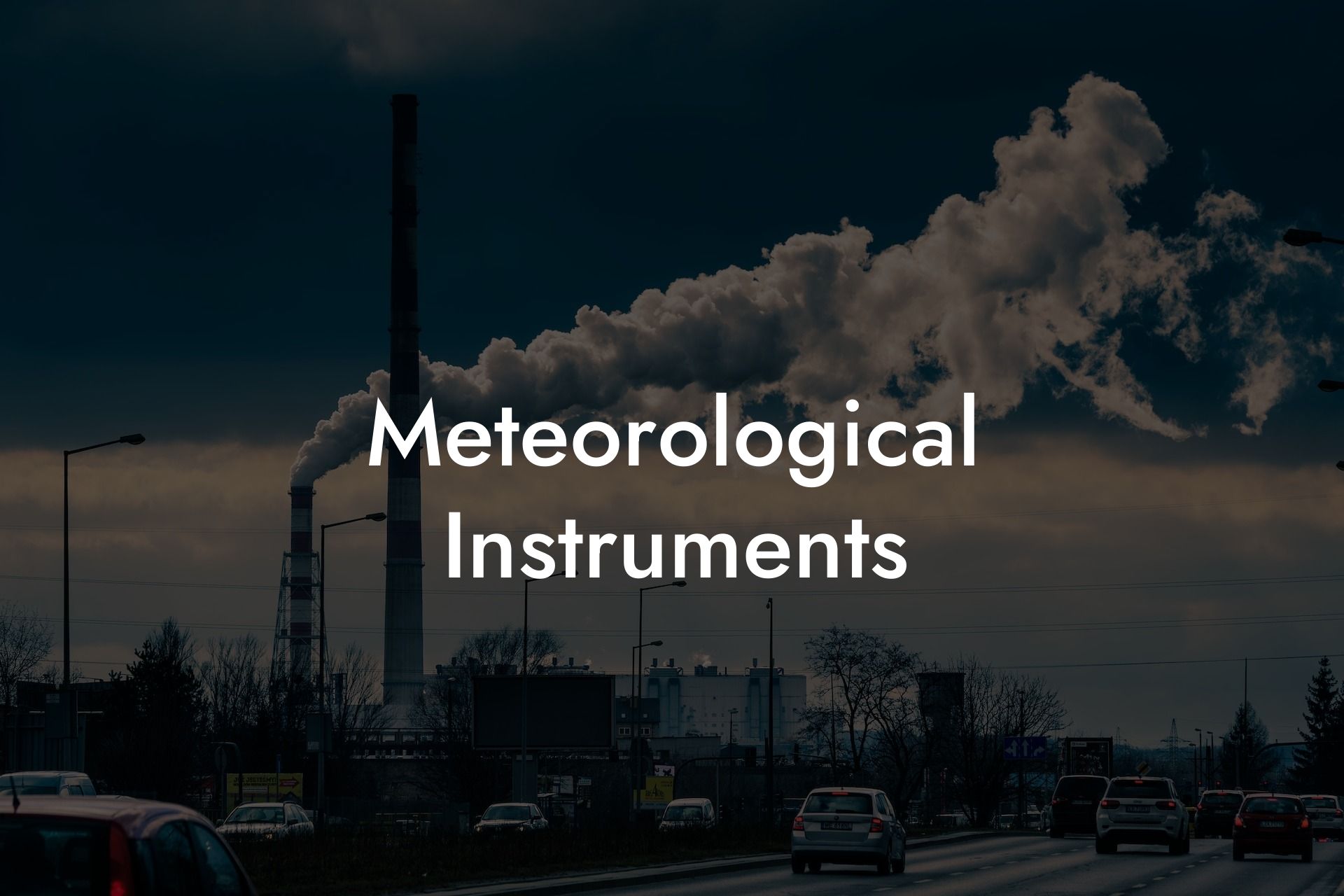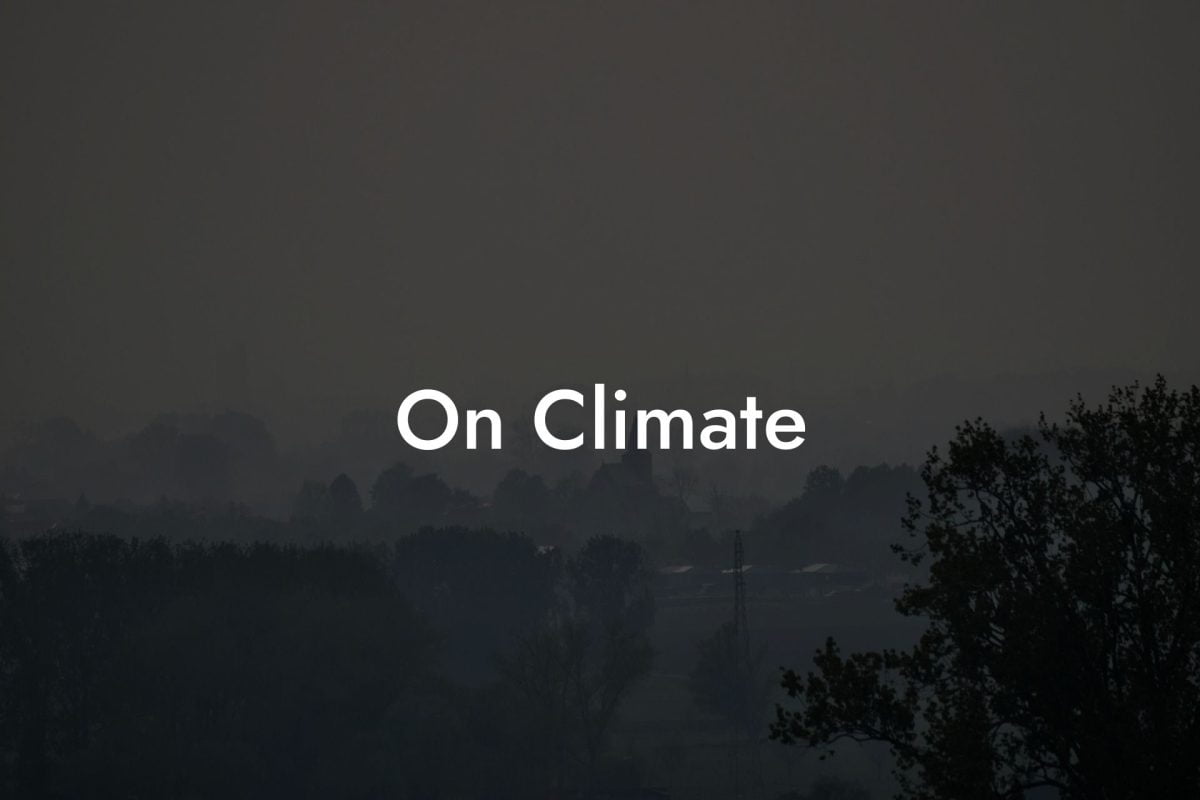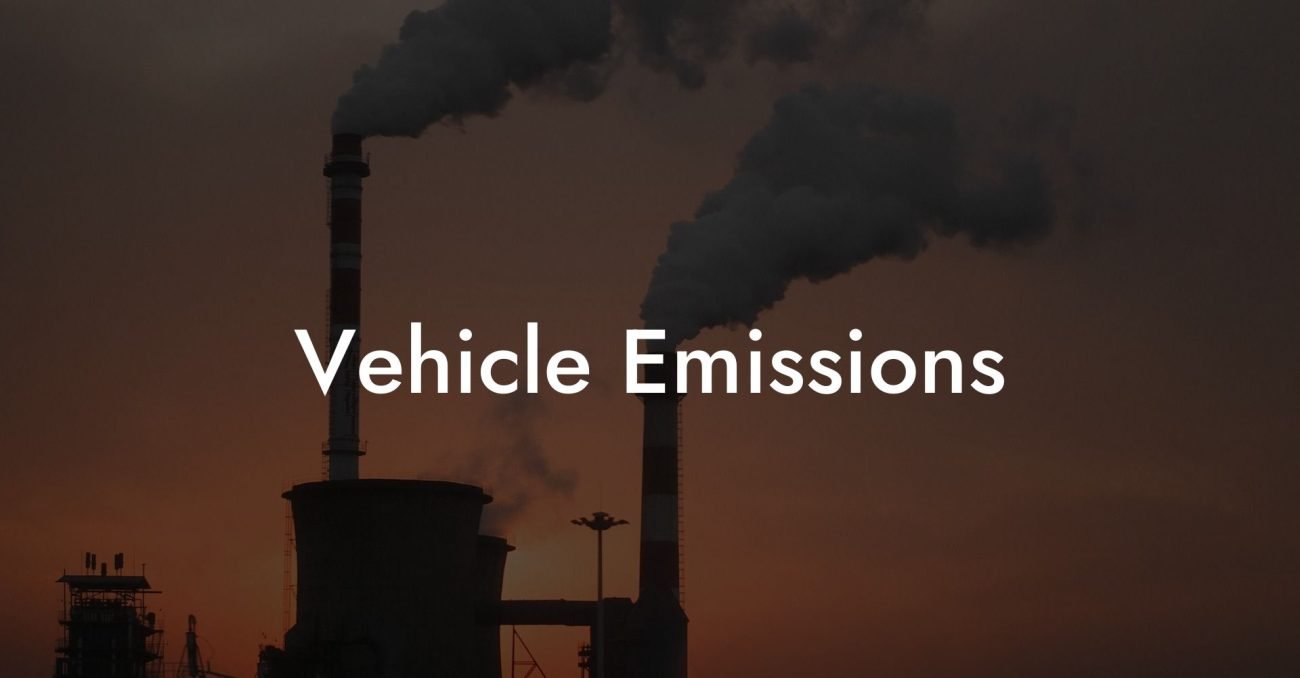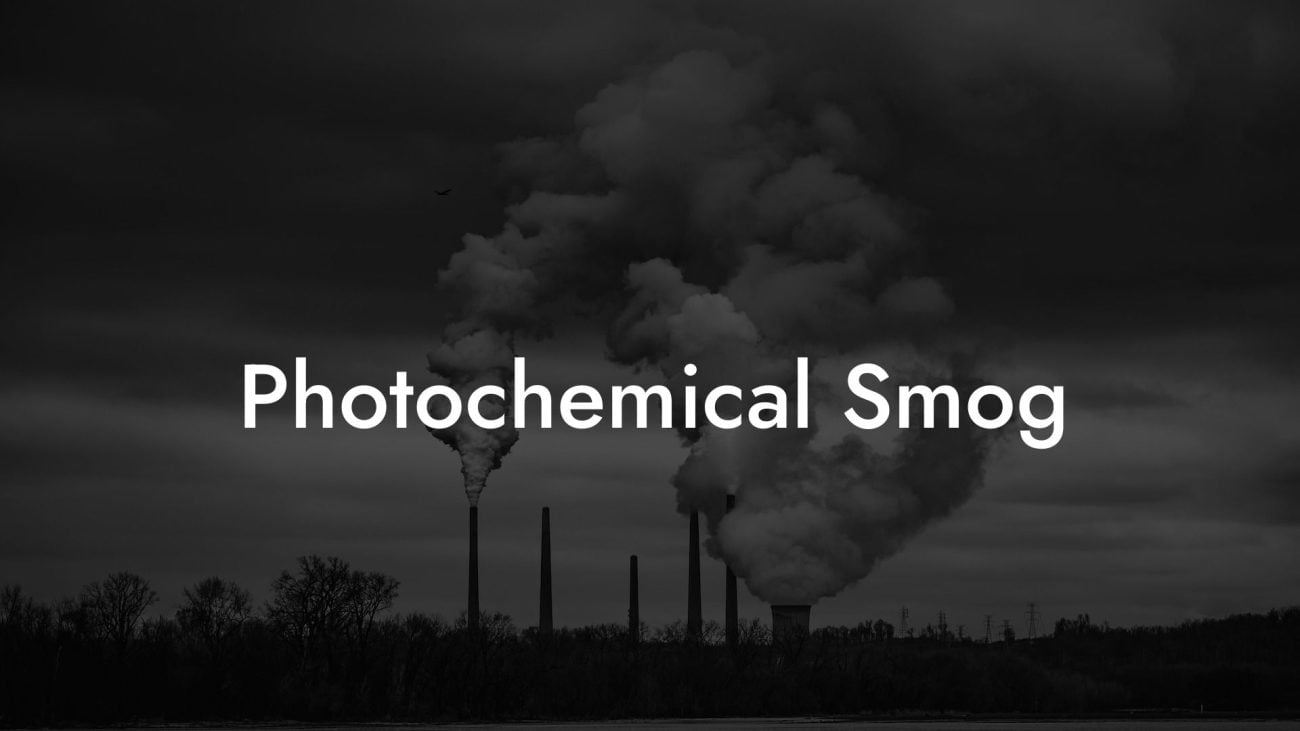Introduction to Meteorological Instruments
Meteorological instruments are vital in understanding and managing air quality. These tools measure various atmospheric conditions, providing essential data that significantly influence air pollution patterns and mitigation strategies.
Meteorological Instruments Table of Contents
Introduction to Meteorological Instruments
Key Meteorological Instruments in Air Quality Studies
Integration with Air Quality Monitoring
Advances in Meteorological Instrumentation
Applications in Environmental Research
Meteorological Monitoring in the UK
Role in Air Pollution Monitoring
Meteorological data is crucial for predicting pollution dispersion, assessing pollutant sources, and formulating effective air quality management plans.
Key Meteorological Instruments in Air Quality Studies
Anemometers
Anemometers measure wind speed and direction, essential for understanding pollutant dispersion and identifying pollution hotspots.
Thermometers
Thermometers record air temperature, which affects atmospheric stability and chemical reaction rates in the air.
Barometers
Barometers measure atmospheric pressure, aiding in weather prediction and analysis of pollution patterns.
Hygrometers
Hygrometers are used to measure humidity levels, which can influence the concentration and chemical composition of air pollutants.
Rain Gauges
Rain gauges measure precipitation, which plays a role in removing pollutants from the atmosphere.
Integration with Air Quality Monitoring
Combined Analysis
Data from meteorological instruments are often integrated with pollutant concentration measurements to provide a comprehensive understanding of air quality conditions.
Modeling and Forecasting
Meteorological data is crucial in air quality modeling and forecasting, helping predict pollution episodes and inform public health advisories.
Advances in Meteorological Instrumentation
Automated Weather Stations
Modern automated weather stations offer real-time, continuous monitoring of multiple meteorological parameters.
Satellite and Remote Sensing Technologies
Advancements in satellite and remote sensing technologies provide broader and more comprehensive meteorological data, enhancing air quality analysis.
Applications in Environmental Research
Climate Change Studies
Meteorological instruments are integral in studying the impacts of climate change on air quality and vice versa.
Urban Planning
Urban planners utilize meteorological data to design cities in ways that mitigate air pollution.
Agricultural and Industrial Applications
Meteorological data assist in managing agricultural activities and industrial operations to minimize their impact on air pollution.
Challenges and Considerations
Calibration and Maintenance
Regular calibration and maintenance are essential to ensure the accuracy and reliability of meteorological instruments.
Data Interpretation
Interpreting meteorological data in the context of air pollution requires expertise in both meteorology and environmental science.
Site Selection for Instrument Installation
Strategic placement of meteorological instruments is crucial to obtain representative data.
Meteorological Monitoring in the UK
The UK's Meteorological Network
The UK maintains a network of meteorological stations, providing crucial data for air quality monitoring and research.
Integration with Air Quality Initiatives
These instruments play a key role in the UK's air quality initiatives, contributing to national and local pollution management strategies.
UK Air Pollution: Your Comprehensive Data Source
Extensive Meteorological and Air Quality Database
UK Air Pollution offers a vast database that includes both air quality and meteorological data across the UK, making it an essential resource for environmental professionals, researchers, and policy-makers.
Why Choose UK Air Pollution?
Our platform provides detailed, user-friendly, and up-to-date information on air pollution and meteorological conditions, supporting a wide range of applications from research to policy development.
Empowering Your Environmental Efforts
With UK Air Pollution, access in-depth insights into the interplay between meteorology and air pollution, enhancing the effectiveness of your environmental projects and research initiatives.
Frequently Asked Questions
What are Meteorological Instruments?
Meteorological instruments are tools used to observe, measure, and record various atmospheric conditions. They are essential for weather forecasting and climatological research.
What is the Purpose of Meteorological Instruments?
The primary purpose is to collect data related to weather and climate. This data helps meteorologists predict weather patterns, study climate change, and provide information for agricultural planning, aviation, and other industries.
What is a Barometer and What Does it Measure?
A barometer is an instrument that measures atmospheric pressure. Changes in atmospheric pressure can indicate upcoming weather conditions, like storms or fair weather.
How Does a Thermometer Work in Meteorology?
In meteorology, a thermometer measures the air temperature. This information is crucial for weather forecasting as temperature influences many atmospheric processes.
What is an Anemometer Used for?
An anemometer is used to measure wind speed. Understanding wind patterns is vital for weather predictions and for industries like aviation and marine navigation.
Can Meteorological Instruments Predict Rain?
Instruments like rain gauges measure rainfall, but predicting rain involves analyzing various data from multiple instruments, including radar systems that detect precipitation.
What is a Hygrometer and What Does it Measure?
A hygrometer measures the humidity, or the amount of moisture, in the air. Humidity levels are important for predicting precipitation, fog, and dew.
How Important are Meteorological Instruments for Aviation?
They are crucial for aviation safety. Pilots and airports rely on data from these instruments for information on visibility, wind speed and direction, temperature, and other conditions that affect flying.
What is a Weather Radar Used for?
Weather radar is used to detect and track precipitation. It helps in forecasting rain, snow, hail, and detecting severe weather like thunderstorms and tornadoes.
How Do Meteorological Instruments Contribute to Climate Research?
They provide long-term data on atmospheric conditions, which is essential for studying climate patterns, understanding climate change, and developing climate models.
What is a Wind Vane?
A wind vane, or weather vane, is an instrument that shows the direction from which the wind is blowing. Wind direction is a key factor in weather behavior and predictions.
How Accurate are Meteorological Instruments?
Accuracy varies among different types of instruments and their quality. Modern meteorological instruments are highly accurate, but calibration and maintenance are key for precision.
What Role Do Satellites Play in Meteorology?
Satellites play a crucial role by providing comprehensive data on a global scale, including cloud cover, sea surface temperatures, and atmospheric conditions.
How Do Meteorological Instruments Help in Disaster Management?
These instruments provide critical data that helps in predicting and preparing for natural disasters like hurricanes, floods, and droughts, thereby aiding in disaster management and mitigation.
Can Meteorological Instruments Measure Air Quality?
Certain meteorological instruments can measure factors like particulate matter and gaseous pollutants, contributing to air quality monitoring and analysis.
What is a Ceilometer and What Does it Measure?
A ceilometer is an instrument that uses a laser or other light source to measure the height of a cloud base. This is important for aviation and understanding certain weather patterns.
How Do Meteorological Instruments Aid Agriculture?
Agricultural planning greatly benefits from weather data, which helps in determining planting schedules, irrigation needs, and managing risks of weather-related crop damages.
Are There Any New Technologies in Meteorological Instruments?
Emerging technologies in meteorology include advanced remote sensing tools, AI and machine learning for data analysis, and enhanced precision in existing instruments.
How Do Meteorological Instruments Impact Everyday Life?
These instruments impact daily life by providing weather forecasts that inform personal decisions, from clothing choices to travel plans, and alert the public to severe weather risks.
What is a Psychrometer and How is it Used?
A psychrometer measures relative humidity using a pair of thermometers, one dry and one with a wet bulb. It's used to assess moisture content in the air, which is important for forecasting weather conditions.
How are Meteorological Instruments Maintained?
Regular calibration, cleaning, and protection from environmental factors are essential for maintaining meteorological instruments to ensure accurate and reliable data collection.
Can Meteorological Instruments be Used in Education?
Yes, these instruments are valuable educational tools in schools and universities for teaching meteorology, climatology, and environmental science.


